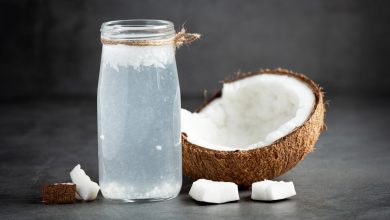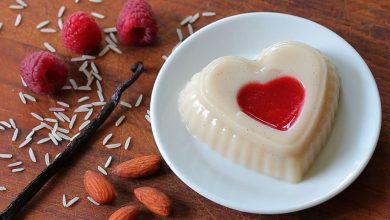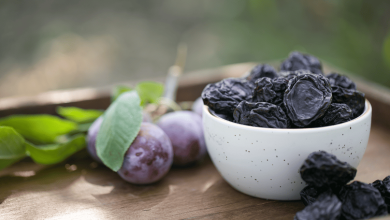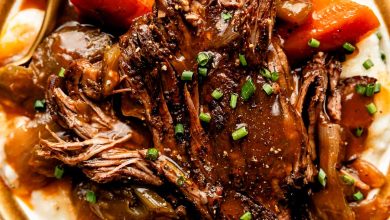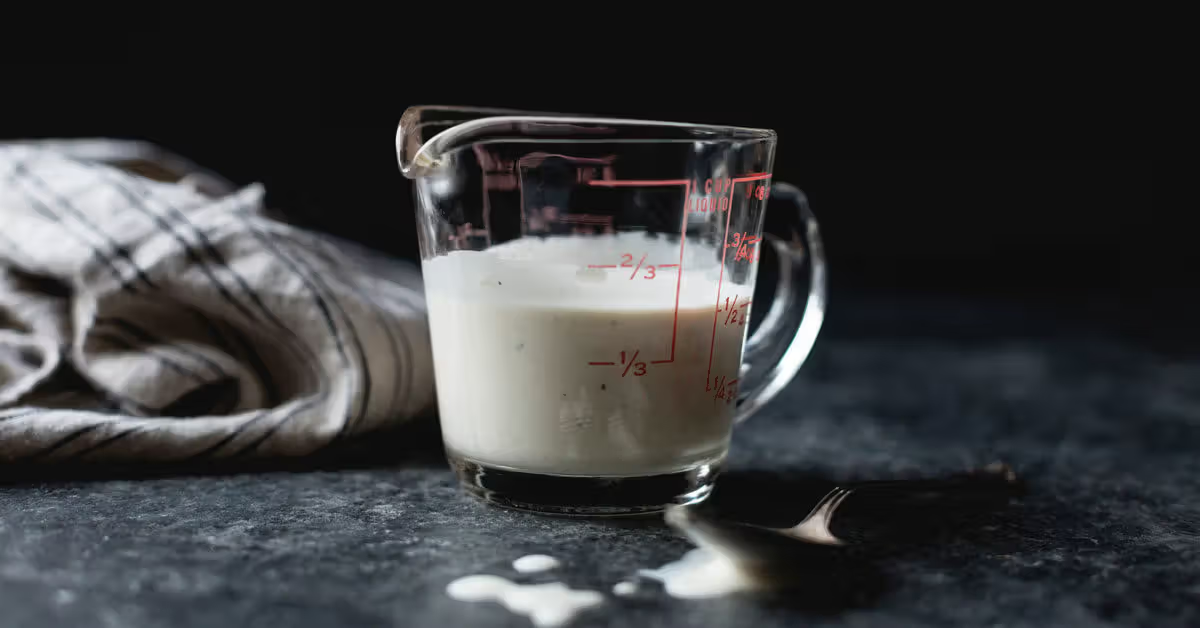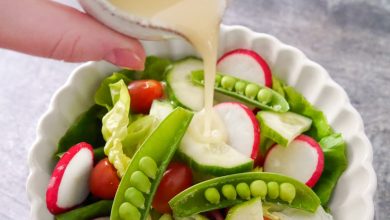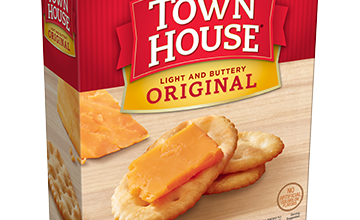Succulent Broiled Lamb Shoulder: Nutrient-Packed & Flavorful Recipe
Lamb Shoulder (Whole, Arm-Braised, Choice Cut, Cooked, Broiled)
Lamb shoulder, particularly the arm portion, is known for its rich, succulent flavor and tender texture when slow-cooked or braised. This cut, often labeled as “whole lamb shoulder,” is popular for its ability to absorb the deep flavors of marinades and spices, making it a favorite for grilling and roasting. When cooked, especially when broiled, it reaches a perfect balance of tenderness and juiciness, with the fat content helping to enhance the meat’s flavor profile.
Here’s a detailed nutritional breakdown of this choice lamb shoulder cut, providing insight into its energy and nutrient composition.
Nutritional Information (per 100g of cooked, broiled lamb shoulder):
| Nutrient | Amount |
|---|---|
| Energy (kcal) | 278.0 kcal |
| Protein | 24.42 g |
| Total Fat | 19.26 g |
| Saturated Fat | 8.04 g |
| Carbohydrates | 0.0 g |
| Fiber | 0.0 g |
| Sugar | 0.0 g |
| Calcium | 21.0 mg |
| Iron | 2.03 mg |
| Magnesium | 26.0 mg |
| Phosphorus | 198.0 mg |
| Potassium | 301.0 mg |
| Sodium | 78.0 mg |
| Zinc | 5.72 mg |
| Copper | 0.128 mcg |
| Manganese | 0.024 mg |
| Selenium | 27.4 mcg |
| Vitamin C | 0.0 mg |
| Thiamin (B1) | 0.09 mg |
| Riboflavin (B2) | 0.26 mg |
| Niacin (B3) | 6.45 mg |
| Vitamin B6 | 0.12 mg |
| Folate (B9) | 19.0 mcg |
| Vitamin B12 | 2.97 mcg |
| Vitamin A | 0.0 mcg |
| Vitamin E | 0.16 mg |
| Vitamin D2 | 0.0 mcg |
Health Benefits:
Lamb shoulder is an excellent source of high-quality protein, essential for muscle repair, immune function, and overall growth. At 24.42g of protein per 100g serving, it supports a range of vital bodily functions, particularly in maintaining muscle mass and providing sustained energy throughout the day. The healthy fats found in this cut, particularly saturated fat, offer an energy-dense fuel source, while the rich array of micronutrients helps to support various bodily systems.
- Iron (2.03 mg per 100g): Lamb is a great source of heme iron, which is more readily absorbed by the body than non-heme iron from plant sources. Iron is crucial for oxygen transport in the blood, preventing anemia, and supporting metabolism.
- Zinc (5.72 mg per 100g): This essential mineral plays a key role in immune function, wound healing, and cell division. It also supports normal growth and development.
- Phosphorus (198.0 mg per 100g): An important mineral for bone health, phosphorus works in tandem with calcium to build and maintain strong bones and teeth.
- Vitamin B12 (2.97 mcg per 100g): Lamb is a rich source of vitamin B12, which is essential for the formation of red blood cells and proper nerve function.
Lamb also provides smaller amounts of vitamins and minerals such as magnesium, potassium, and the B-vitamins (B1, B2, B3, B6), which support energy production, muscle function, and nervous system health.
Allergen Information:
This lamb shoulder cut contains no common allergens such as gluten, dairy, soy, or nuts. However, it is important to note that individuals with a sensitivity to red meat or specific dietary restrictions may want to consult with a healthcare provider or nutritionist before consuming lamb.
Dietary Preferences:
- Paleo: Lamb shoulder is an ideal choice for a paleo diet due to its natural, unprocessed composition.
- Keto/Low-Carb: With zero carbohydrates, this cut of lamb is an excellent choice for low-carb and ketogenic diets.
- High-Protein Diets: With over 24 grams of protein per 100 grams, lamb shoulder fits well into high-protein meal plans, supporting muscle growth and repair.
- Carnivore: As a pure meat-based option, lamb shoulder is suitable for carnivore diets, offering a rich source of both protein and fat.
Cooking Tips:
When preparing lamb shoulder, there are a variety of cooking methods you can explore, depending on your preferences. Broiling or slow-braising will allow the fat to render beautifully, resulting in a moist and flavorful dish. If you’re looking to add extra flavor, consider marinating the lamb in a mixture of olive oil, garlic, rosemary, and lemon juice before cooking.
- Broiling: Ideal for a quick, flavorful dish with crispy edges.
- Slow-Braising: Cook slowly over low heat to break down the tougher fibers and create a melt-in-your-mouth texture.
- Grilling: Perfect for a smoky, charred exterior while keeping the inside juicy.
Pair it with a side of roasted vegetables or a fresh salad to balance the richness of the meat.
Conclusion:
Lamb shoulder is a flavorful and nutrient-dense cut of meat, offering an abundance of protein, essential minerals, and healthy fats. Whether you’re preparing it for a holiday feast or a special family dinner, its versatility in cooking methods makes it a go-to option for meat lovers. With its rich flavor, robust nutritional profile, and health benefits, lamb shoulder is a fantastic addition to any meal, whether you’re on a keto, paleo, or high-protein diet, or simply looking to enjoy a hearty, satisfying dish.
Enjoy experimenting with this delicious cut, and remember that a little creativity in the kitchen can elevate this classic favorite to new heights!

